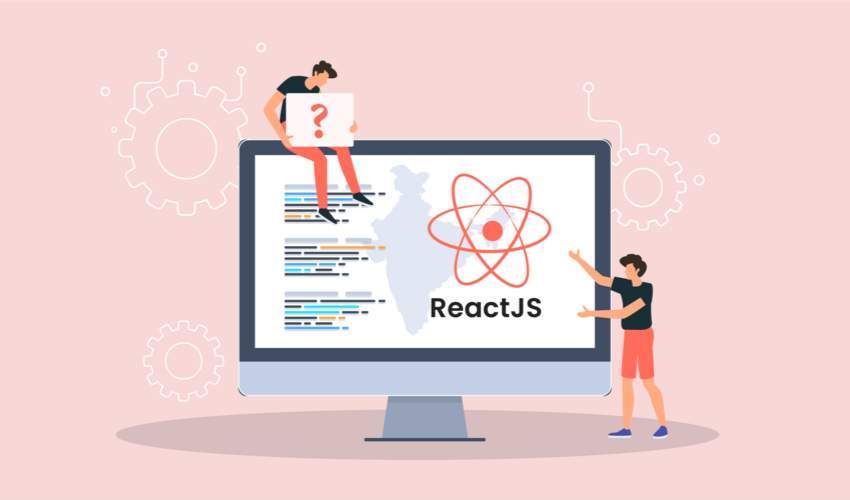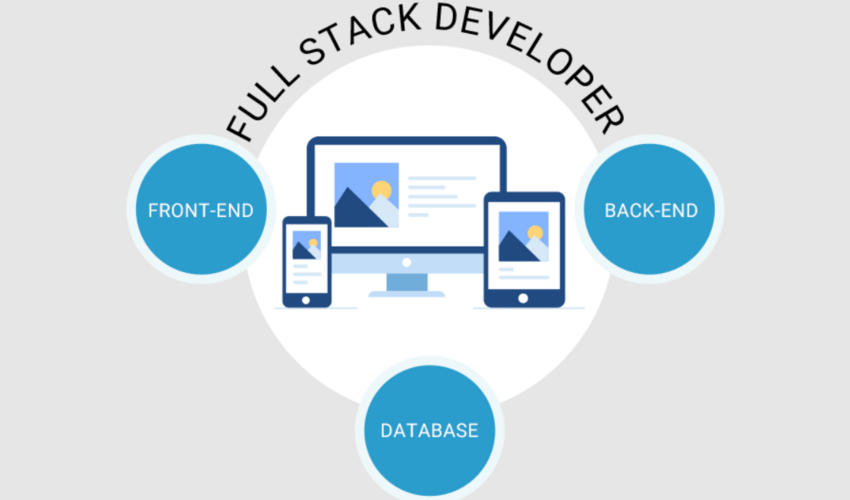How to Measure Multi Vendor Ecommerce Platform Success

When Amazon founder Jeff Bezos, offered to sell advertising on ecommerce marketplace, it was considered to be not so good idea. He approved the idea and now, Amazon advertising is worth almost $2.2 billion and is one of the best multi vendor ecommerce marketplaces. Bezos approved the idea mainly because it was proved by data.
Key performance metrics help you to measure success of ecommerce business in achieving its goals. To measure your multi vendor ecommerce platform success correctly, its best to form set of metrics on basis of your goals.
Business growth and profitability
Many KPI to evaluate business development in ecommerce, following are fundamental for online shopping marketplaces.
Gross Merchandiser Volume (GMV)
It’s equivalent to total order value and is measuring the dollar value of items sold in online marketplace over a given period of time. It’s the fundamental KPI for ecommerce multi seller marketplaces. It helps to measure business growth and usage of virtual marketplace website by sellers.
Etsy online marketplace equivalent of GMV point.
The indicator is showing the ecommerce marketplace growth which is up to 14.5 % in 2017 compared with year 2016.It’s calculated prior to deduction of any expenses, shipping fees, refunds, returns must be excluded. It’s most useful as comparative measures over time and is tracked on monthly and yearly basis.For service online shopping marketplaces, it’s very important to take into account the difference between “contracted” and “delivered” GMV figures. In some service internet shopping concepts, there can be delay between two which can make incorrect GMV, if “Contracted” figures are computed.
Average Order Value
It denotes how much customers spend for every order they make, sales per each order. This metric helps to view virtual ecommerce marketplace growth by reflecting average transaction value and profit increase.
Average Order Value (AOV) = Total revenue/number of transactions
By increasing AOV, you can increase Return on Marketing Investment (ROMI) Revenue
It measures income that multi vendor ecommerce platform receives, in the form of transaction fees, listing fees and seller services. It helps to track efficiency of virtual multi vendor marketplace concept and to break down revenue streams to analyze components.
Multi vendor shopping cart revenue streams has two parts
Ecommerce marketplace store transaction fee and listing fee
- Seller services -The metric helps the ecommerce multi vendor marketplace platform to track efficiency of both parts of revenue.
- Fulfillment rates
Fulfillment rates reflects percentage of times when your online ecommerce marketplace delivers goods or services
- Fulfillment rate= No of fulfilled order/Total No of orders (Inclusive of rejected but excluding cancelled orders)
Supply side development
Quantitative growth
It doesn’t reflect performance directly connected with ecommerce marketplace store main goals and is useful when actively embracing market category or scaling online ecommerce platform.
- No of supplies
- Supplier’s growth
- Number of listings
- Listing growth rate
Qualitative growth
These KPIS help to view ecommerce marketplace performance growth and insights on what is influencing the growth.
Demand side development
Quantitative growth
- No of customers and active buyers account
- Buyers’ growth rate
- Churn rate
Qualitative growth
- Average dollar amount purchased per buyer
- Average no of orders per buyer
- Average order growth per buyer
- Customer satisfaction, measured regularly through NPS (Net Promoter Score) metric and customer feedback
- Customer conversion percentage
- Repeat purchases
- Customer liquidity = visits on a specific time period / transaction ID
- Customer acquisition & retention
- ROI value can be = (Profit – Investment) / Investment x 100%
Customer Acquisition Cost (CAC)
- Cost per Acquisition = Total costs with acquisition / Total new customers over measured time period.
Those are fundamental metrics that’s vital in measuring the main points of your multi vendor ecommerce marketplace platform performance accurately. If you want to launch your own multi vendor ecommerce platform, contact our experts today.
Latest Trending
Categories
- Airbnb
- Airbnb clone
- Airbnb clone script
- Multi Vendor Marketplace Script
- Buy Sell Marketplace
- Vacation Rental Website
- Online Food Ordering and Delivery Clones
- Multi-Vendor E-Commerce Script
- Online Rental Script
- Fancy Clone
- Car Rental ScriptSoftware Development
- Car Rental Script
Never Miss Another Post!
Get updates & Valuable tips straight into your inbox once a week.




